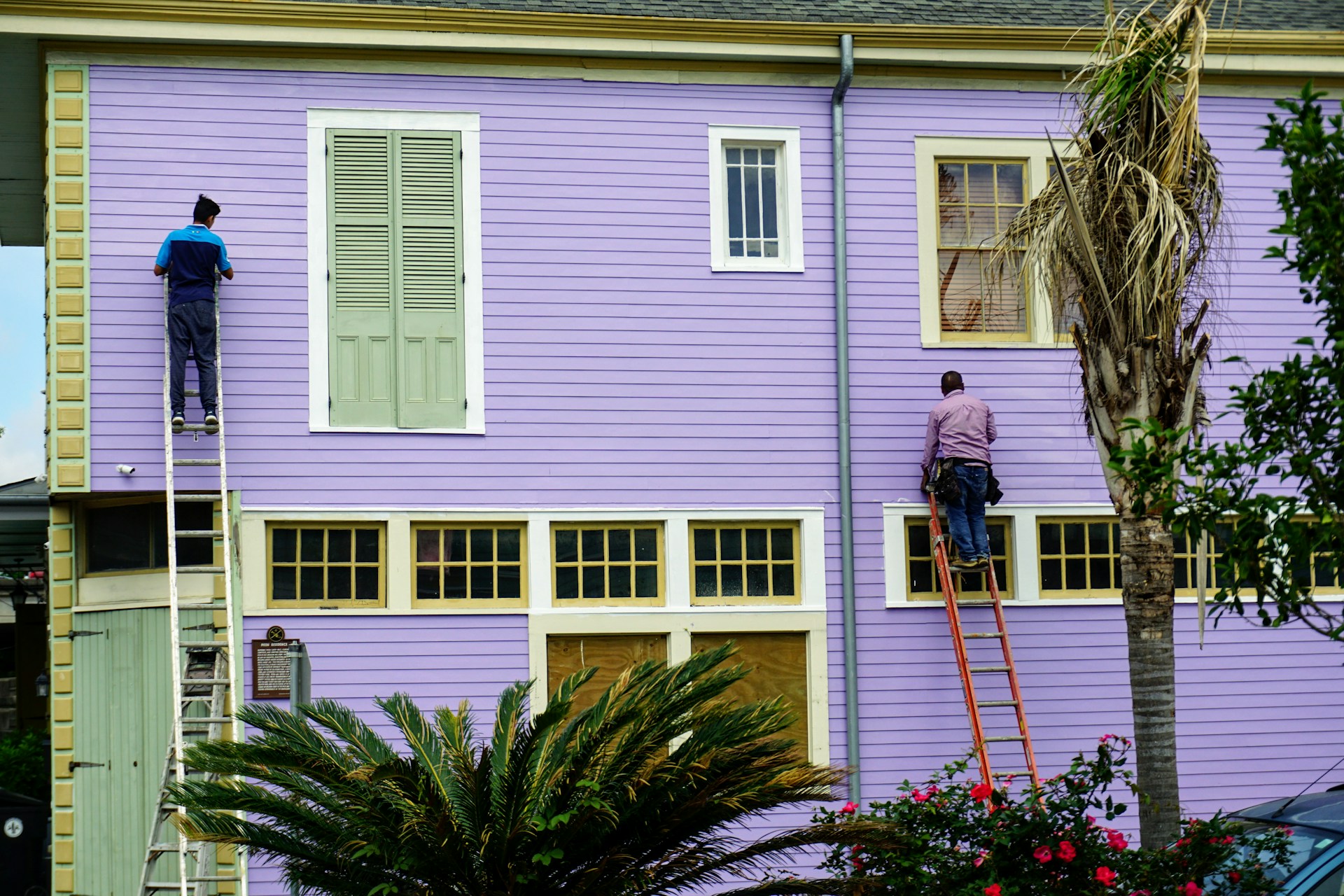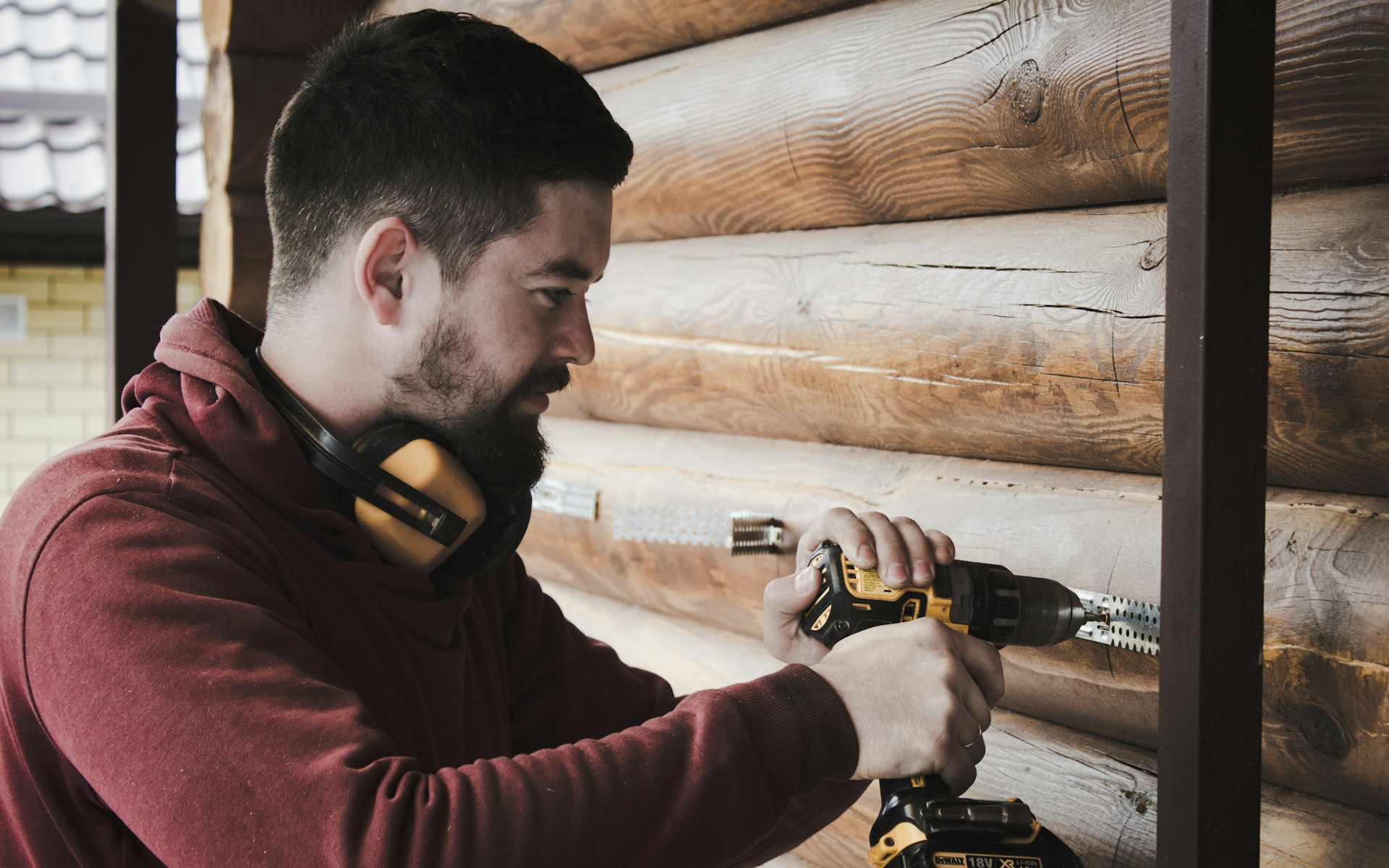Painting your home can be a rewarding and cost-effective way to refresh your space, but it’s easy to make mistakes that compromise the final result. Many DIY painters encounter issues such as streaks, uneven coverage, and peeling paint. Understanding these common mistakes and learning how to prevent them can save you time, money, and frustration. Here’s a guide to help you achieve a flawless paint job.
Skipping Surface Preparation
One of the most crucial steps before painting is proper surface preparation. Many people make the mistake of painting over dirty or damaged walls, which leads to poor adhesion and an uneven finish. How to avoid it:
-
Clean the walls thoroughly with mild soap and water to remove dirt and grease.
-
Repair any cracks, holes, or dents with spackling paste.
-
Sand rough patches and apply a primer to ensure even paint absorption.
Choosing the Wrong Paint Type
Not all paints are created equal, and using the wrong type for your surface can result in peeling, fading, or difficulty in maintenance. How to avoid it:
-
Use high-quality latex paint for interior walls as it dries faster and is easier to clean.
-
Choose oil-based paint for trim and cabinets where durability is required.
-
Consider the finish: matte for hiding imperfections, satin for durability, and semi-gloss for easy cleaning.
Ignoring Primer
Skipping the primer can lead to patchy and uneven color application, especially when covering dark walls or repairing surfaces. How to avoid it:
-
Always use a primer when painting over bold colors or newly repaired surfaces.
-
A bonding primer is ideal for glossy or difficult surfaces like wood or metal.

Using Low-Quality Tools
Cheap brushes and rollers can leave streaks, shed bristles, and create an uneven finish. How to avoid it:
-
Invest in high-quality brushes and rollers designed for the type of paint you’re using.
-
Use an angled brush for corners and edges to achieve a professional look.
Overloading the Brush or Roller
Applying too much paint at once can cause drips, streaks, and an inconsistent finish. How to avoid it:
-
Dip only one-third of the brush into the paint to avoid excess dripping.
-
Use a roller tray to remove excess paint before applying it to the wall.
-
Apply multiple thin coats rather than one thick coat.
Not Allowing Enough Drying Time
Rushing through a paint job without letting layers dry properly can result in smudges and peeling paint. How to avoid it:
-
Follow the manufacturer’s drying time recommendations.
-
Allow at least 24 hours between coats for best results.
-
Use fans or open windows to improve ventilation and speed up drying.
Neglecting to Protect Floors and Furniture
Accidental spills and splatters can cause permanent stains on floors and furniture. How to avoid it:
-
Use drop cloths, painter’s tape, and plastic sheeting to cover surfaces.
-
Move furniture out of the room or cover it completely.
Forgetting to Remove Painter’s Tape
Leaving painter’s tape on too long can make it difficult to remove and may damage the paint. How to avoid it:
- Remove the tape while the paint is still slightly wet to ensure clean edges.
- Pull it off at a 45-degree angle for the best results.





1 Comment
Your comment is awaiting moderation.
chn453
Your comment is awaiting moderation.
lFfNXWPZHhisqIbtUggCwQSN
Voluptates velit quaerat et sunt. Nisi quas ad illo vitae quo nam. quidem id est hic. Assumenda est omnis magni sit voluptatem. reiciendis et voluptate. Minus ipsum quia qui et deserunt. Eos pariatur accusamus dolor porro nihil illum. rem et alias. Iste molestiae quo necessitatibus molestiae Dolore ab deserunt suscipit Sunt totam placeat explicabo qui modi quas Labore occaecati enim enim sunt Omnis iure autem est sunt eos Sint distinctio neque a nihil dolor